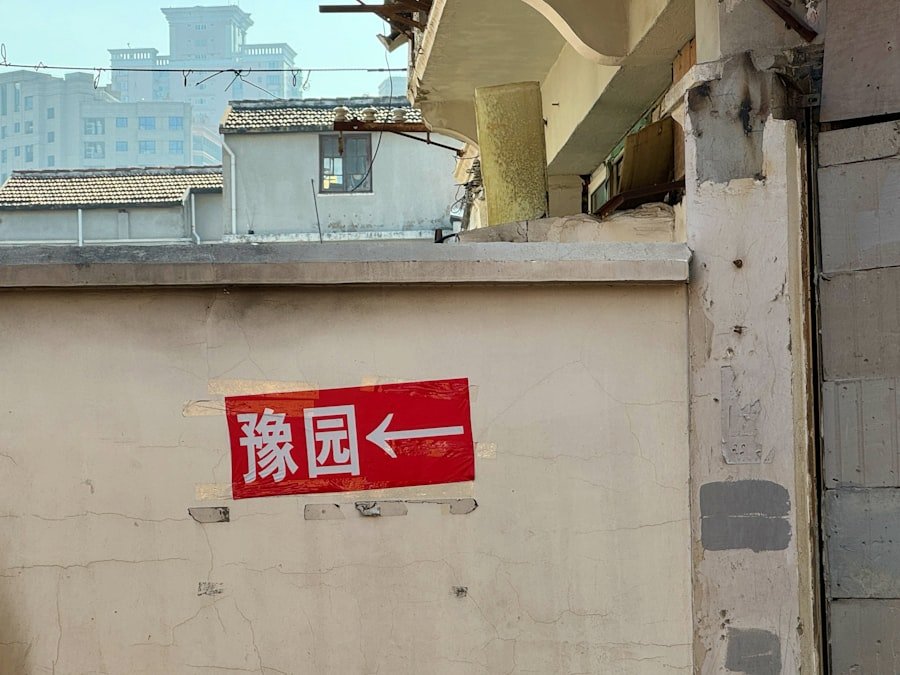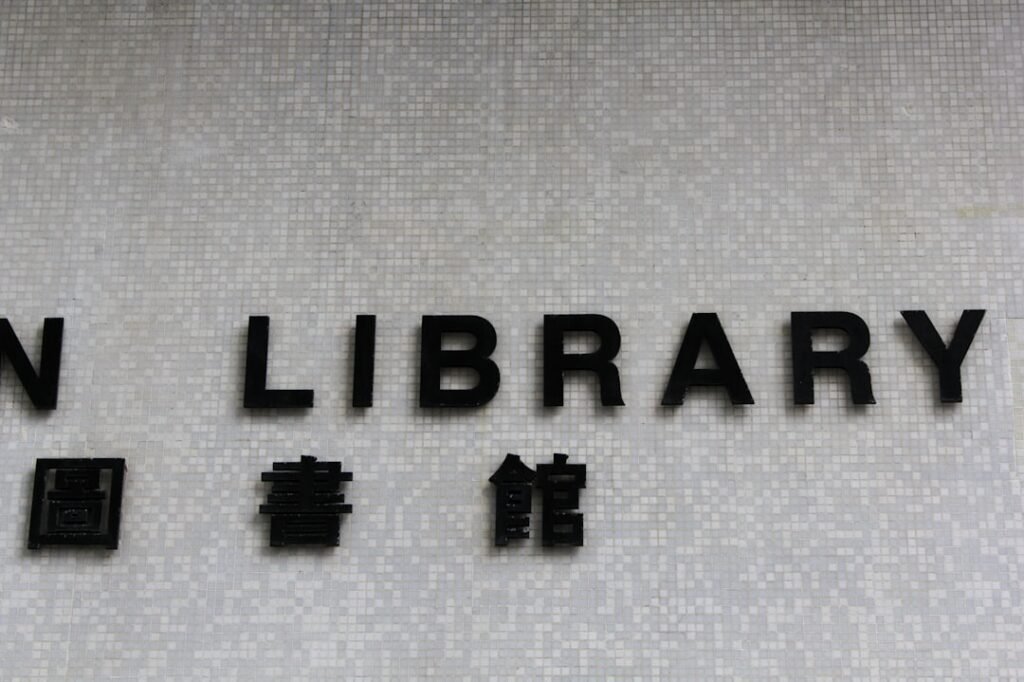Chinese calligraphy is not merely a form of writing; it is an intricate art form that embodies the essence of Chinese culture and philosophy. This ancient practice, which dates back thousands of years, is revered for its aesthetic beauty and the deep meanings conveyed through each stroke. Calligraphy is often seen as a reflection of the artist’s personality, emotions, and state of mind, making it a deeply personal and expressive medium.
The fluidity of the brushwork, the balance of the characters, and the harmony of the composition all contribute to the overall impact of a piece, allowing viewers to appreciate not just the words but the artistry behind them. At its core, Chinese calligraphy is about more than just creating visually appealing characters; it is a meditative practice that encourages mindfulness and focus. Each stroke requires careful consideration and precision, fostering a sense of calm and concentration in the practitioner.
As one delves deeper into this art form, they discover a rich tapestry of history, philosophy, and technique that enhances their understanding and appreciation of Chinese culture. The journey into calligraphy is as much about self-discovery as it is about mastering the craft, making it a rewarding pursuit for anyone willing to invest time and effort. Master the art of Chinese calligraphy. Enroll now at the LC Chinese School in Oslo.
Table of Contents
ToggleSummary
- Chinese calligraphy is an ancient art form that requires patience, precision, and a deep understanding of Chinese culture and history.
- Choosing the right tools and materials, such as brushes, ink, and paper, is crucial for creating beautiful calligraphy pieces.
- Learning the basic strokes and techniques is essential for mastering Chinese calligraphy and developing your own unique style.
- Practising proper posture and hand position is important for achieving fluid and graceful brushwork in Chinese calligraphy.
- Exploring different calligraphy styles, such as regular script, running script, and cursive script, can help you develop a diverse range of skills and artistic expression.
Choosing the Right Tools and Materials
Selecting the appropriate tools and materials is crucial for anyone embarking on their calligraphy journey. The primary instruments used in Chinese calligraphy are the brush, ink, paper, and inkstone—collectively known as the “Four Treasures of the Study.” Each tool plays a significant role in achieving the desired results, and understanding their characteristics can greatly enhance one’s practice. The brush is perhaps the most vital tool in calligraphy.
It comes in various sizes and shapes, each designed for different styles and techniques. A good brush should have a flexible tip that allows for both fine detail and bold strokes. When choosing a brush, consider factors such as hair type—goat hair is popular for its softness, while wolf hair offers more stiffness—and size, which can affect the overall flow of your writing.
The ink, traditionally made from soot and animal glue, should be of high quality to ensure rich, deep black strokes that dry evenly on paper. Paper selection is equally important; rice paper is commonly used due to its absorbency and texture, which can enhance the visual appeal of the characters. However, other types of paper may also be suitable depending on personal preference and style.
An inkstone is essential for grinding ink sticks into liquid form; it should have a smooth surface to facilitate this process. By investing in quality tools and materials, practitioners can create works that truly reflect their artistic vision.
Learning the Basic Strokes and Techniques

Before one can create beautiful calligraphy pieces, it is essential to master the basic strokes that form the foundation of Chinese characters. These strokes are not only fundamental to writing but also serve as building blocks for more complex forms. There are eight basic strokes in Chinese calligraphy: horizontal, vertical, dot, left-falling, right-falling, rising, hook, and turning strokes.
Each stroke has its own unique characteristics and requires specific techniques to execute properly. Practising these strokes repeatedly will help develop muscle memory and improve control over the brush. It is advisable to start slowly, focusing on precision rather than speed.
As you become more comfortable with each stroke, you can gradually increase your pace while maintaining accuracy. Additionally, observing how experienced calligraphers execute these strokes can provide valuable insights into technique and style. Many resources are available online or in books that demonstrate these basic strokes visually, making it easier for beginners to grasp their nuances.
Practising Proper Posture and Hand Position
Proper posture and hand position are critical components of successful calligraphy practice. Maintaining a relaxed yet stable posture allows for better control over the brush and reduces fatigue during longer sessions. When seated at a table or desk, ensure that your back is straight and your shoulders are relaxed.
Your feet should be flat on the ground to provide stability, while your arms should rest comfortably on the table. Hand position also plays a significant role in achieving fluidity in your strokes. Hold the brush lightly between your thumb and index finger while allowing your middle finger to support it from below.
This grip provides flexibility while maintaining control over the brush’s movements. Additionally, your wrist should remain loose to facilitate smooth transitions between strokes. Practising these elements consistently will not only improve your technique but also enhance your overall enjoyment of the art form.
Exploring Different Calligraphy Styles
Chinese calligraphy encompasses a variety of styles, each with its own unique characteristics and historical significance. The most prominent styles include Seal Script (Zhuanshu), Clerical Script (Lishu), Regular Script (Kaishu), Running Script (Xingshu), and Cursive Script (Caoshu). Each style reflects different periods in Chinese history and serves various purposes within the art form.
Seal Script is one of the oldest styles, often used for inscriptions on seals or stamps due to its bold and decorative nature. Clerical Script emerged during the Han Dynasty and is characterised by its more structured appearance, making it easier to read. Regular Script is perhaps the most widely used style today; it balances legibility with artistic expression.
Running Script offers a more fluid approach, allowing for faster writing while still maintaining recognisable characters. Finally, Cursive Script is known for its free-flowing strokes that often resemble abstract art rather than traditional characters. Exploring these different styles can be an enriching experience for practitioners as they discover which resonates most with their artistic sensibilities.
Each style presents unique challenges and opportunities for creativity, encouraging individuals to experiment and develop their own voice within the art form.
Understanding the Importance of Brush Control

Brush control is paramount in Chinese calligraphy; it directly influences the quality and expressiveness of each stroke. Mastering brush control involves developing an awareness of pressure, speed, and direction while writing. The ability to vary these elements allows calligraphers to create dynamic compositions that convey emotion and meaning.
Practising brush control begins with simple exercises focused on individual strokes before progressing to complete characters. By experimenting with different levels of pressure—light for delicate lines and firm for bold strokes—practitioners can learn how to manipulate their brush effectively. Additionally, varying speed during execution can create contrast within a piece; slower strokes may convey calmness while faster ones can evoke energy.
As one becomes more adept at controlling their brush, they will find that their confidence grows alongside their skill level. This newfound confidence will enable them to explore more complex compositions and styles without fear of losing control over their work.
Mastering the Four Treasures of the Study
The Four Treasures of the Study—brush, ink, paper, and inkstone—are essential components of Chinese calligraphy that every practitioner should become intimately familiar with. Mastery of these tools not only enhances one’s technical skills but also deepens appreciation for the art form itself. The brush serves as an extension of the artist’s hand; understanding its various types allows practitioners to select one that best suits their style and technique.
Ink quality significantly impacts the final result; investing in high-quality ink ensures rich pigmentation that enhances visual appeal. Paper choice affects how ink interacts with its surface; experimenting with different types can yield surprising results in texture and finish. Finally, mastering the inkstone involves learning how to grind ink sticks effectively to achieve a smooth consistency suitable for writing.
Each treasure plays a vital role in creating beautiful calligraphy pieces; thus, taking time to understand their intricacies will elevate one’s practice significantly.
Learning the Meaning Behind Chinese Calligraphy Characters
Chinese characters are steeped in meaning; each one tells a story that goes beyond its visual representation. Understanding these meanings adds depth to one’s calligraphy practice and allows artists to convey specific emotions or messages through their work. Many characters are composed of radicals—components that provide clues about their meanings or pronunciations—making it easier for practitioners to decipher complex characters.
For instance, the character for “love” (爱) combines elements representing “heart” (心) with “to accept” (可), symbolising an emotional connection rooted in acceptance. Incorporating meaningful characters into calligraphy pieces can transform them into powerful expressions of thought or sentiment. Whether creating personalised gifts or exploring philosophical concepts through art, understanding character meanings enriches both the creative process and viewer experience.
Incorporating Chinese Calligraphy into Art and Design
Chinese calligraphy transcends traditional boundaries; it can be seamlessly integrated into various forms of art and design. From contemporary graphic design to traditional paintings, calligraphy adds an element of elegance and cultural significance that enhances visual appeal. Incorporating calligraphy into artwork allows artists to explore new dimensions within their creations.
For instance, blending calligraphic elements with abstract forms can create striking compositions that challenge conventional perceptions of both art forms. Additionally, using calligraphy in design projects—such as branding or packaging—can evoke cultural connections while adding a unique aesthetic touch. As artists experiment with integrating calligraphy into their work, they may discover new ways to express themselves creatively while honouring this ancient tradition.
Tips for Creating Your First Calligraphy Piece
Creating your first calligraphy piece can be both exciting and daunting; however, with some guidance, you can navigate this process with confidence. Start by selecting a simple phrase or character that resonates with you—this could be a meaningful quote or even your name written in Chinese characters. Before diving into your piece, take time to plan your composition carefully; consider factors such as spacing between characters and overall balance within the design.
Practise each stroke individually before attempting to write out your chosen phrase; this will help build confidence as you become familiar with how each character flows together. When you’re ready to begin writing your piece, remember to maintain proper posture and hand position while focusing on brush control throughout each stroke execution. Don’t be afraid to make mistakes; they are part of the learning process!
Embrace imperfections as opportunities for growth rather than setbacks.
Finding Inspiration and Resources for Further Learning
As you embark on your journey into Chinese calligraphy, seeking inspiration from various sources can greatly enhance your practice. Books on calligraphy techniques or historical texts about its evolution provide valuable insights into this rich art form’s cultural significance. Online platforms offer numerous tutorials ranging from beginner-friendly guides to advanced techniques taught by experienced practitioners worldwide.
Engaging with online communities dedicated to calligraphy allows you to share your work while receiving constructive feedback from fellow enthusiasts. For those residing in Oslo or nearby areas interested in deepening their understanding of this art form further, consider enrolling in courses at LC Chinese School. Their dedicated Chinese calligraphy courses provide structured learning opportunities led by experienced instructors who guide students through various techniques while fostering creativity within each individual’s practice.
By immersing yourself in both traditional teachings alongside contemporary interpretations through classes like those offered at LC Chinese School in Oslo, you will cultivate not only technical skills but also an appreciation for this timeless art form that continues to inspire generations around the world.
Master the art of Chinese calligraphy. Enroll now at the LC Chinese School in Oslo.







